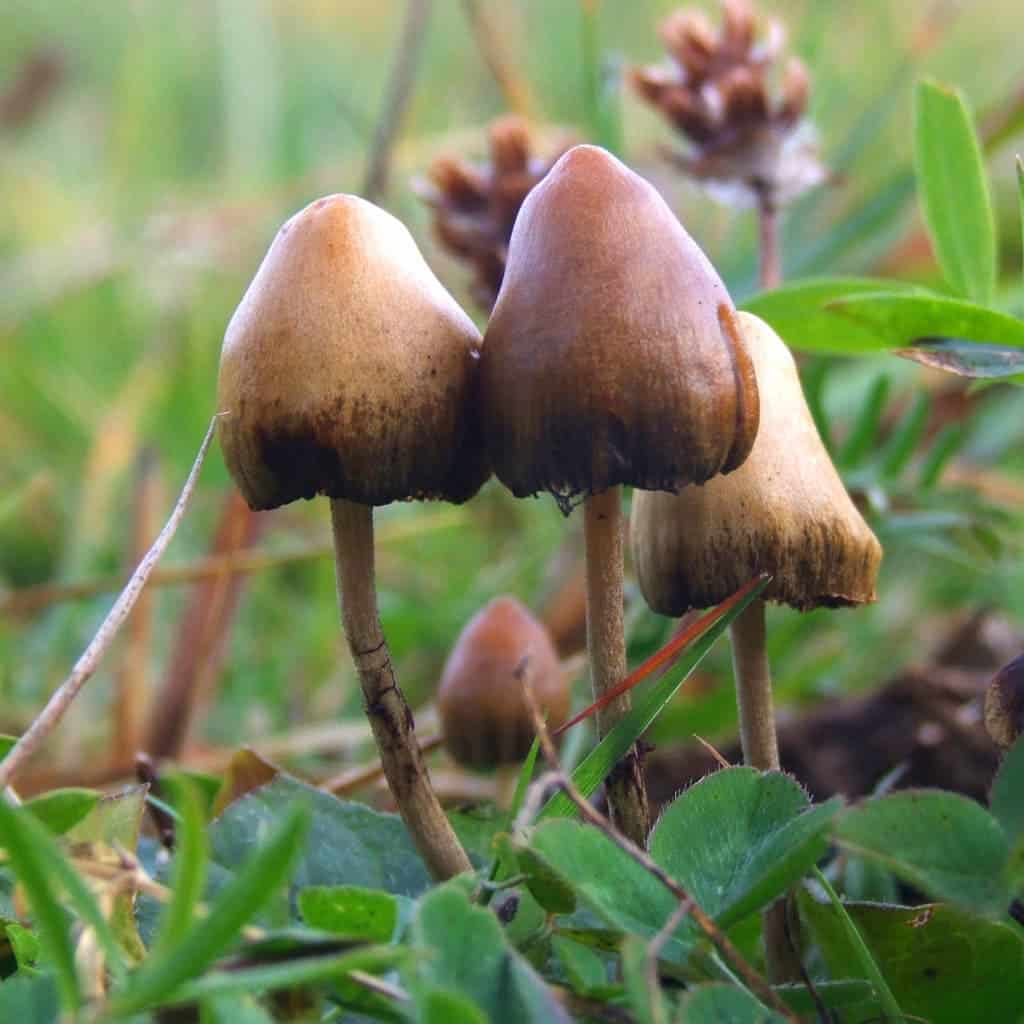Researchers have finally figured out how to synthesize the psychoactive drug psilocybin, potentially unlocking mass production and paving the way for a new era in drug testing.
Highs and lows

Magic mushrooms have become one of the most popular psychedelic drugs, while also being one of the safest ones. As countless college parties can attest, severe negative effects of the mushrooms are few and far between. But there’s more to psilocybin than getting really high safely. Decades ago, Harvard University psychologist Timothy F. Leary carried out numerous experiments which he believed demonstrate the therapeutic potential of the substance. Authorities didn’t quite agree with him, however, and Leary was arrested at least 36 times, with Richard Nixon once calling him “the most dangerous man in America”. In more recent times, however, more controlled experiments supported Leary’s theories.
In 2012, a Johns Hopkins study found that magic mushrooms can be used to treat anxiety, depression, and even addiction. The findings were echoed two years later when scientists at the Psychiatric University Hospital of Zurich found that the drugs inhibit the processing of negative emotions. Time after time, the conclusions seemed to be the same: it shows promise to treat some mental issues, but we need more, bigger studies. This is where the problems begin.
For starters, it’s a hallucinogenic drug we’re talking about, and its use is illegal in almost all countries — even for medical research. Secondly, researchers weren’t really sure how to ‘cook’ the active substance, so they had to grow the mushrooms directly, which raises more problems. While the former will certainly remain an issue for years to come, the second one might have just been solved.
Cooking mushrooms
Janis Fricke, Felix Blei, and Dirk Hoffmeister of Friedrich Schiller University Jena have identified and characterized in great detail the four enzymes that the mushrooms use to make psilocybin. In order to do this, they synthesized the enzymes that the mushrooms use to make psilocybin.
“The new work lays the foundation for developing a fermentation process for production of this powerful psychedelic fungal drug, which has a fascinating history and pharmacology,” says Medicinal chemist Courtney Aldrich of the University of Minnesota, Twin Cities, who was not involved in the study.
Living things make molecules through a series of reactions. As Gizmodo’s Ryan Mandelbaum puts it, think of it as building a car. The enzymes are the workers on the assembly lines, putting everything together in the right order. That’s why synthesizing organic molecules is sometimes so tricky — because it requires understanding all the enzymes involved. The genomes of mushroom are also more complex than those of bacteria, making the process more difficult.
The study has received praise from external researchers, who lauded not only the methodology but also the potential application.
“The publication by Hoffmeister and colleagues highlights a terrific example of genomics-based biocatalyst-pathway discovery,” adds natural products researcher Jon S. Thorson of the University of Kentucky. “While psilocybin biosynthesis derives from a series of fairly simple chemical transformations, this new study identifies the contributing genes and biocatalysts for the first time and, importantly, provides strong evidence to support a revision of the order of the key steps proposed more than five decades ago. This work clearly sets the stage for bioengineered psilocybin production and/or for analogs that may serve as compelling alternatives to existing synthetic strategies.”
It may not be tomorrow or next year that doctors start prescribing psilocybin, but we may finally be able to thoroughly assess the substance’s medical potential.
“Given the renewed pharmaceutical interest in psilocybin, our results may lay the foundation for its biotechnological production,” the researchers write in the study published this month in the journal Angewandte Chemie (in German).
The study has been published in Angewandte Chemie and can be accessed freely.






